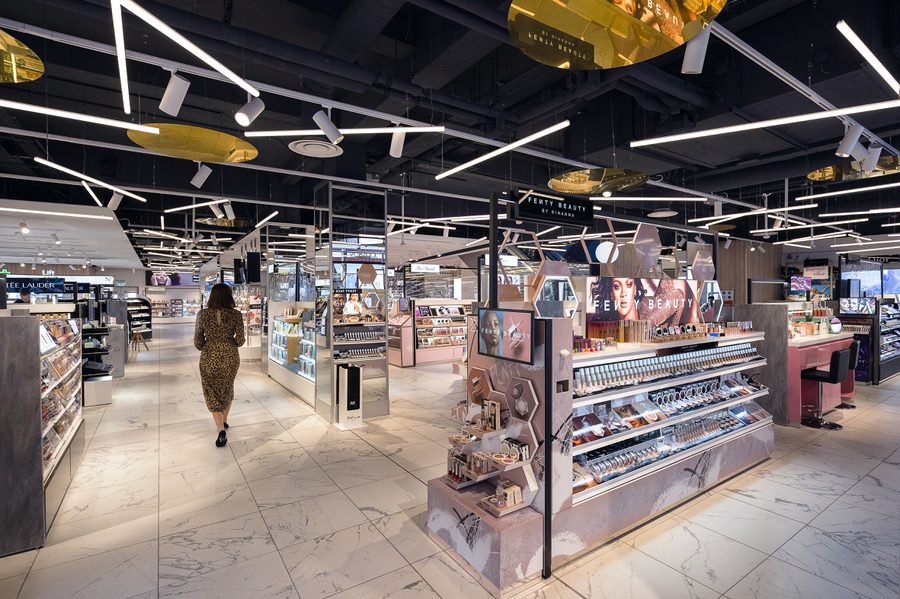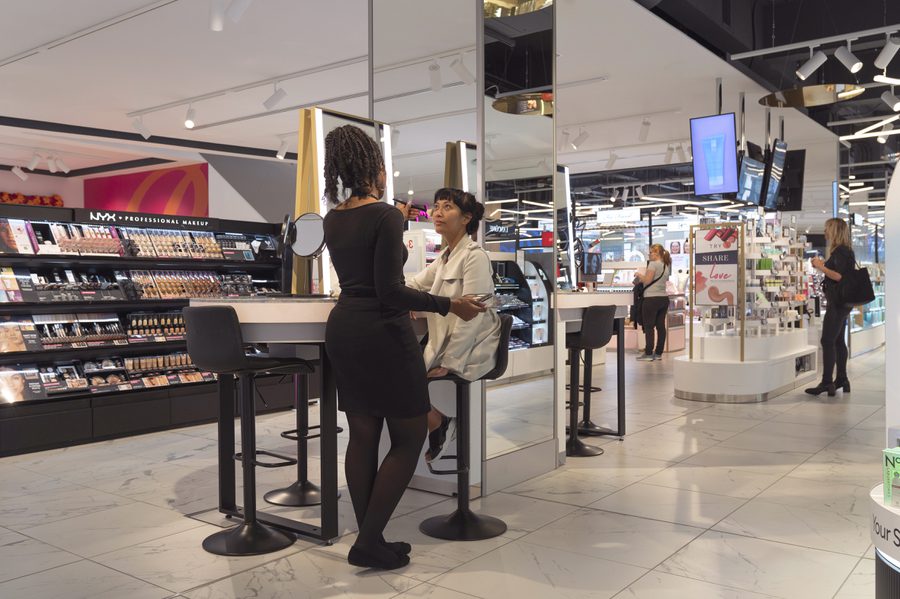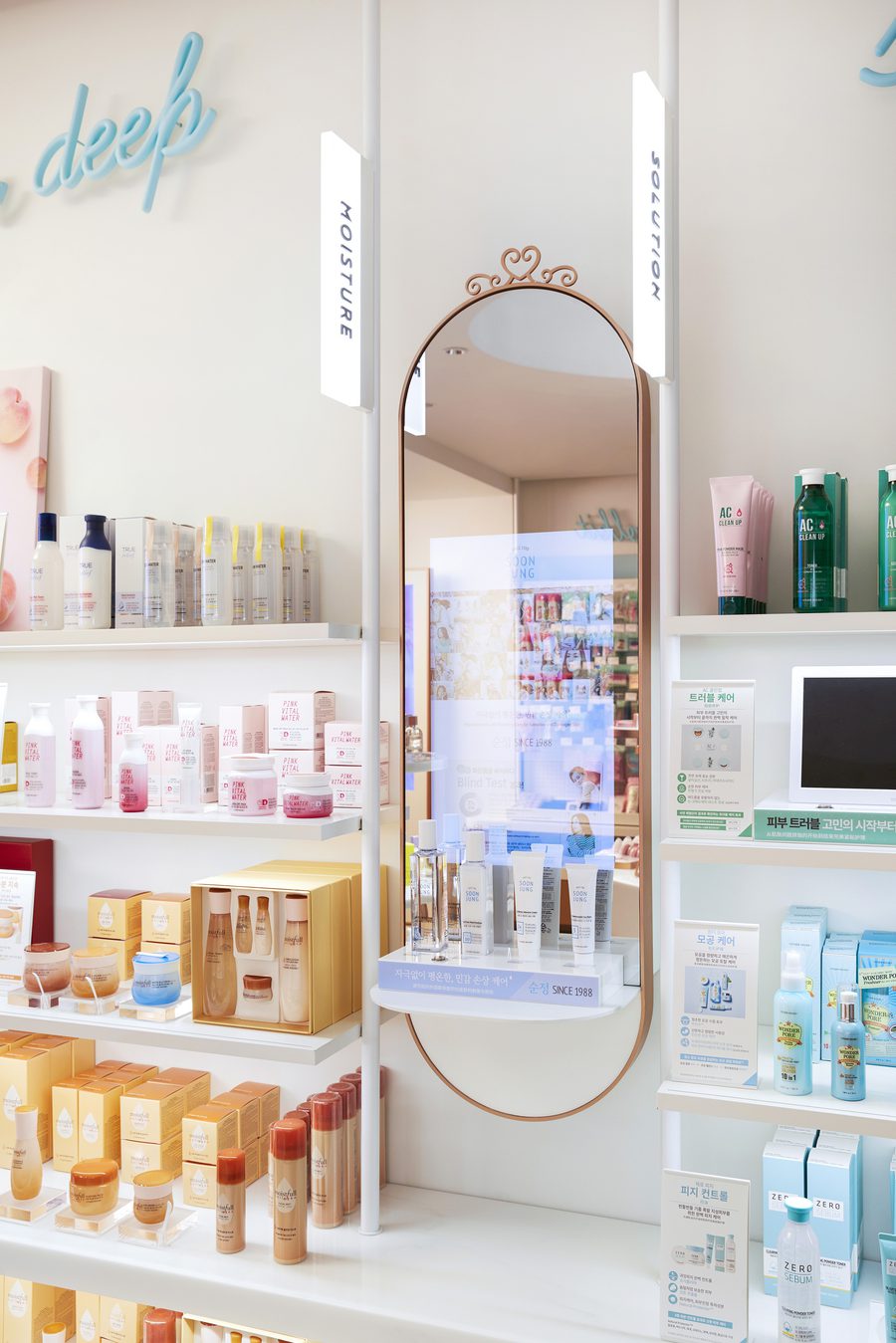At D&P, we work with brands across a range of sectors to help them navigate the shifting consumer landscape. A lot of this change has been caused by digital disruption, bringing challenges and opportunities to every industry. Digital has been huge for the beauty sector in particular. It’s meant brands can talk directly to their customers, both individually and en masse. It’s become home to a number of mighty influencers who’ve amassed immense followings. It’s also launched a number of DNVBs (digitally native vector brands), selling through online channels to avid fans. Yet, despite all the change, many consumers still prefer to buy their beauty products offline through physical experiences.
According to an Opinium Retail Tracker survey, 50% of British consumers would rather buy their beauty/grooming products in store while only 16% mainly shop for them online. Over in the U.S., the trend continues and the preference is even stronger amongst Gen Z, a group of consumers used to buying everything online. A survey found 90% of them would rather shop for beauty products in-store. At a time when physical retail is undergoing huge change and challenges, beauty remains a brick-and-mortar stronghold. So why is this the case?
Trust in testing
Despite the convenience of online shopping, testing out products in person is still extremely important to beauty customers. Sephora introduced the try-before-you-buy concept to beauty retail decades ago and today, shoppers will still happily make the trip to a store to get the perfect shade match. While tech that allows customers to virtually try on makeup is improving, such as Sephora’s Virtual Artist app or L’Oreal’s Virtual Try On function on their website, testing out products in real life is still considered more trustworthy. Shoppers also get to feel a product’s texture, find out its scent, and do a quick stress test. They also avoid the risk of buying a product online, finding out it’s not quite right when it arrives, and being unable to send it back due to beauty’s understandably strict return policies.
An experience in itself
There’s also the fact that shopping for beauty products is also a vastly different experience than shopping for something like toilet roll. It’s a leisure activity for many, especially for those who like to visit beauty stores with friends. A beauty counter is a playground for makeup enthusiasts, offering a creative outlet with the opportunity to experiment with new products and try new looks. Knowledgeable sales assistants are also on hand to offer expert recommendations, advice, and IRL tutorials to each customer. In response to this, we worked with Boots to revamp its beauty offering, creating destinations that cater to shopper discovery and enjoyment. The Discovery Area in the entrance of the stores showcase new products and trends. Shoppers can get advice and guidance from staff in the Beauty Studios area.















